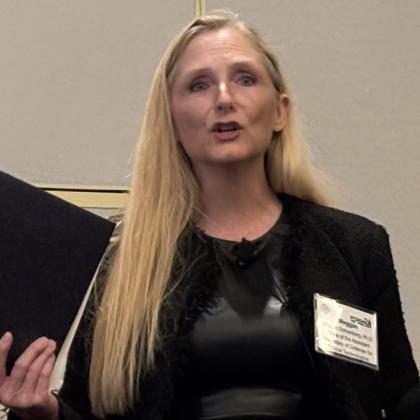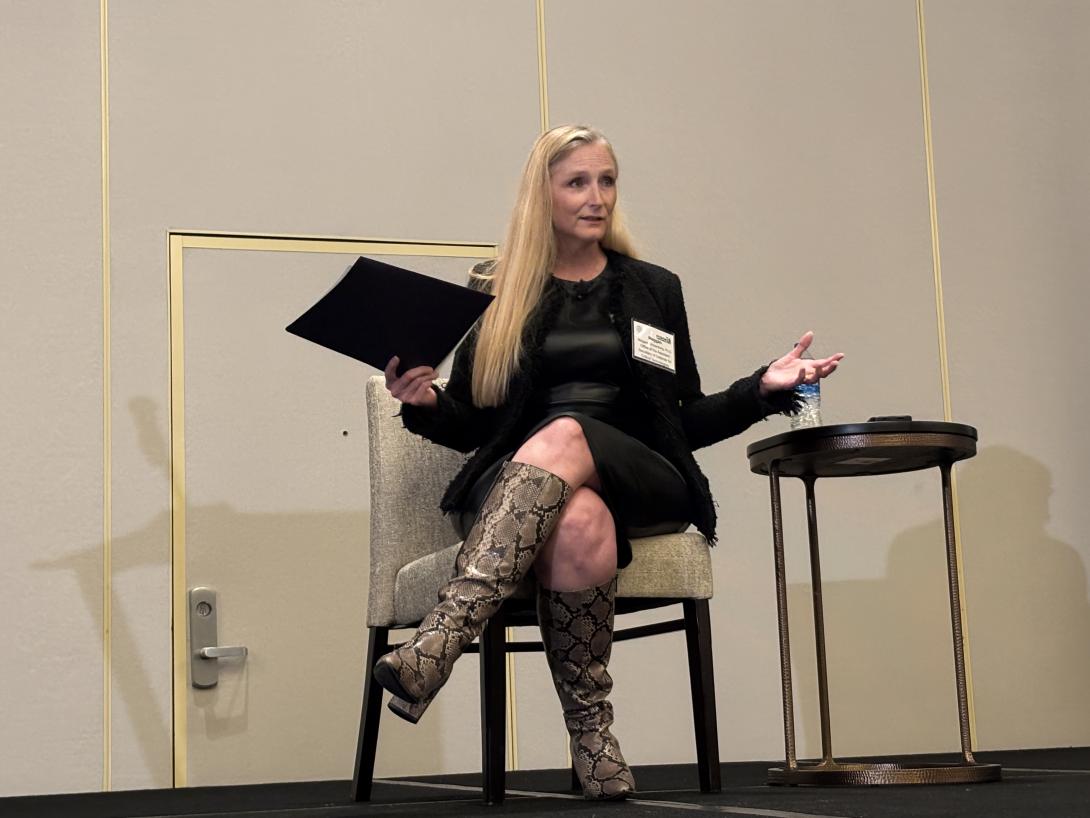Beyond Resilient: Redefining the Future of Military Communications
In an era marked by rapid technological evolution and increased threats to military communications, Meggan Schoenberg encourages technologists to go “beyond resilient.”
“We talk a lot about resilient communications, and we talk about that because of the threats. I want us to challenge ourselves to think past resilient,” said Schoenberg. “Let's not be resilient. Let's be reliable and durable.”
Schoenberg is the principal director for Integrated Network Systems of Systems in the Office of the Assistant Secretary of Defense for Critical Technologies, Office of the Under Secretary of Defense for Research and Engineering.
In her keynote speech at TechNet Emergence in Reston, Virginia, she urged attendees to reimagine the future of command, control and communications infrastructure.
“What would give us a communications infrastructure that is so reliable that our enemies won't even try to bring us down, because it won't be worth their time?”

Let's not be resilient. Let's be reliable and durable.
For Schoenberg, the answer lies not in a singular development, but in the integration of five technology focus areas:
- Pervasive connectivity – Ubiquitous communication leveraging all available transport. Includes technologies that automate configuration and allow warfighters to move seamlessly between all types of transport.
- Situation-driven orchestration (SDO) – Automated network management that identifies the best communication paths across different networks.
- Cyber defense – The ability to secure the network with fast, automated detection response backed by zero trust, hardware, cyber hardening and posture awareness.
- Mobility-based resiliency - Adaptable command and control with on-the-move capabilities, reducing dependence on large platforms or fixed sites.
- C2 integration - Providing communications posture awareness into command-and-control systems.
Schoenberg sees SDO as a critical component in creating a more intelligent, responsive and secure communications infrastructure. It incorporates artificial intelligence-driven tools that identify the best communication path by considering 10 areas, including environmental awareness and threat space knowledge.
She urged attendees to think of these five areas not as separate technologies, but as an integrated approach to a reliable and durable communications infrastructure.
TechNet Emergence is organized by AFCEA and supported by the U.S. Department of Defense, The MITRE Corporation and the National Science Foundation. SIGNAL Media is the official media of AFCEA International.





Comments